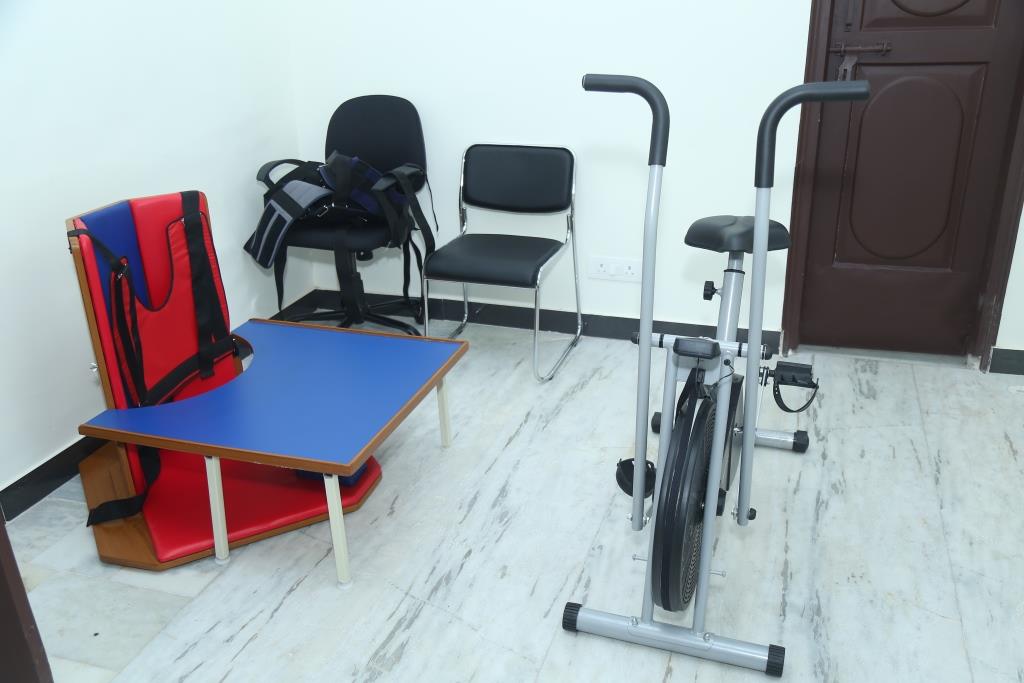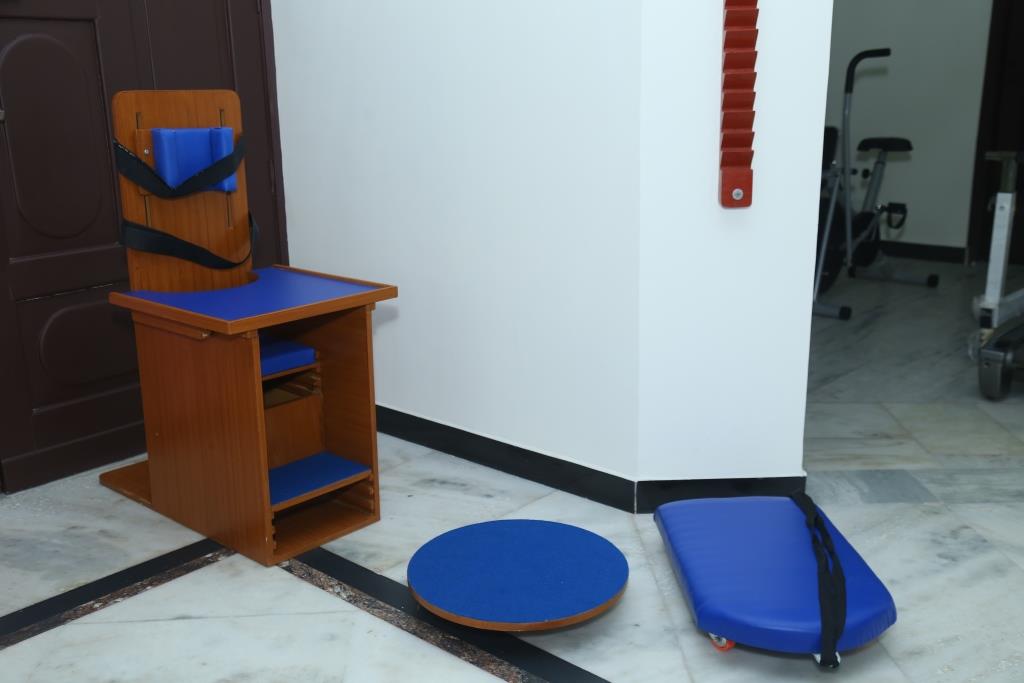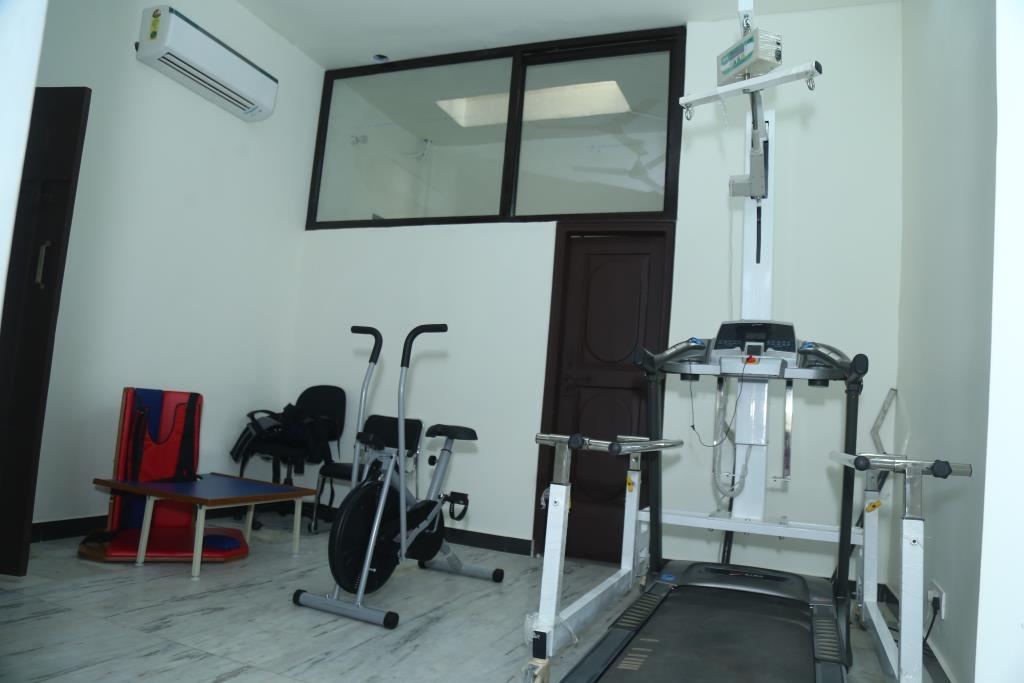




Physio Therapy
Physiotherapy, often referred to as physical therapy, is more than just “muscle work.” It’s a holistic approach that harnesses the power of movement to restore function, alleviate pain, and empower individuals to reclaim their lives Physiotherapists are highly trained movement specialists who delve deeper than just the physical.
Physio Therapy
Physiotherapy, often referred to as physical therapy, is more than just “muscle work.” It’s a holistic approach that harnesses the power of movement to restore function, alleviate pain, and empower individuals to reclaim their lives Physiotherapists are highly trained movement specialists who delve deeper than just the physical.
They consider the psychological and social aspects of your condition, tailoring treatment plans to address your unique needs and goals. Whether it’s regaining mobility after surgery, managing chronic pain, or enhancing athletic performance, physiotherapy has a solution. Physiotherapy isn’t just for fixing what’s broken; it’s about building resilience and optimizing movement. It can equip you with tools to prevent injuries, improve athletic performance, and maintain optimal physical health throughout your life stages.
1.Assessment and Diagnosis: Physiotherapists begin by assessing a patient’s condition. They diagnose the root cause of the problem, taking into consideration a patient’s medical history and lifestyle.
1.Assessment and Diagnosis: Physiotherapists begin by assessing a patient’s condition. They diagnose the root cause of the problem, taking into consideration a patient’s medical history and lifestyle.
2.Manual Therapy: This involves hands-on techniques such as massage, joint mobilization, and manipulation to relieve pain, improve joint mobility, and reduce muscle tension.
3.Exercise Prescription: Physiotherapists design personalized exercise programs to strengthen muscles, improve flexibility, and enhance overall physical function. These exercises may include stretches, resistance training, and aerobic activities.
4.Posture and Ergonomics Education: Physiotherapists provide guidance on proper body mechanics and ergonomics to prevent further injury and improve overall posture.
5.Balance and Coordination Training: This is essential for patients with issues like vertigo, dizziness, or a history of falls. Exercises and techniques are used to improve balance and prevent falls.
6.Neurological Rehabilitation: Patients with neurological conditions such as stroke, multiple sclerosis, or spinal cord injuries can benefit from physiotherapy to regain lost function and improve quality of life.
7.Pediatric Physiotherapy: Children with developmental or congenital conditions may receive physiotherapy to achieve their developmental milestones and improve physical function.
The specific treatment plan and techniques used in physiotherapy will depend on the patient’s individual needs and the nature of their condition. Physiotherapists work closely with patients to create a customized plan for rehabilitation, pain management, and improving overall physical well-being. If you have a specific question or need more information about a particular aspect of physiotherapy, please feel free to ask.
They consider the psychological and social aspects of your condition, tailoring treatment plans to address your unique needs and goals. Whether it’s regaining mobility after surgery, managing chronic pain, or enhancing athletic performance, physiotherapy has a solution.Physiotherapy isn’t just for fixing what’s broken; it’s about building resilience and optimizing movement. It can equip you with tools to prevent injuries, improve athletic performance, and maintain optimal physical health throughout your life stages.
1.Assessment and Diagnosis: Physiotherapists begin by assessing a patient’s condition. They diagnose the root cause of the problem, taking into consideration a patient’s medical history and lifestyle.
2.Manual Therapy: This involves hands-on techniques such as massage, joint mobilization, and manipulation to relieve pain, improve joint mobility, and reduce muscle tension.
3.Exercise Prescription: Physiotherapists design personalized exercise programs to strengthen muscles, improve flexibility, and enhance overall physical function. These exercises may include stretches, resistance training, and aerobic activities.
4.Posture and Ergonomics Education: Physiotherapists provide guidance on proper body mechanics and ergonomics to prevent further injury and improve overall posture.
5.Balance and Coordination Training: This is essential for patients with issues like vertigo, dizziness, or a history of falls. Exercises and techniques are used to improve balance and prevent falls.
6.Neurological Rehabilitation: Patients with neurological conditions such as stroke, multiple sclerosis, or spinal cord injuries can benefit from physiotherapy to regain lost function and improve quality of life.
7.Pediatric Physiotherapy: Children with developmental or congenital conditions may receive physiotherapy to achieve their developmental milestones and improve physical function.
The specific treatment plan and techniques used in physiotherapy will depend on the patient’s individual needs and the nature of their condition. Physiotherapists work closely with patients to create a customized plan for rehabilitation, pain management, and improving overall physical well-being. If you have a specific question or need more information about a particular aspect of physiotherapy, please feel free to ask.






